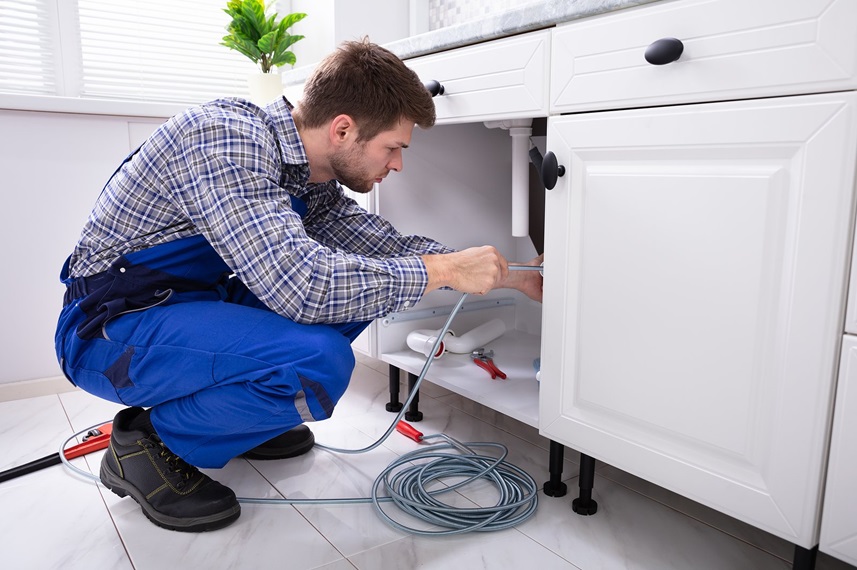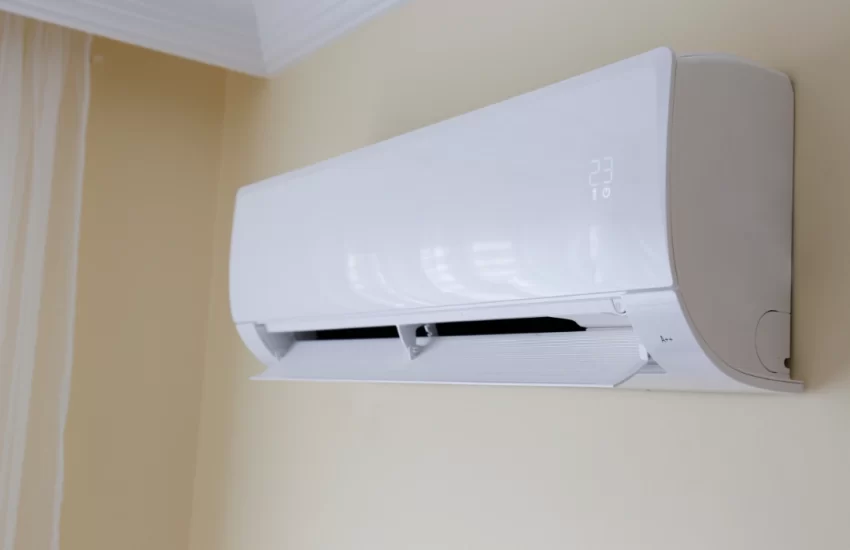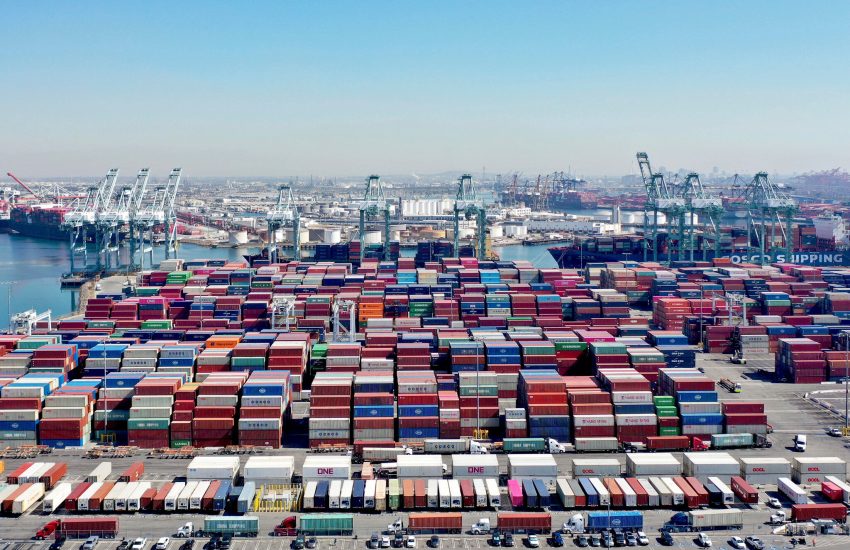Best water Damage Solutions You Can Look for Now
Water is a very powerful substance. Whilst important for human survival, water may also have disastrous results if it is not handled properly. A natural disaster like Hurricane Florence makes this uncomfortably obvious. The process of water damage restoration happens to be quite a hectic task in this case.
Water-related damage
To help facility managers deal with the challenging aftermath of significant water damage, this article offers a list of ten suggested practices for water cleaning. As part of a complete strategic disaster plan, these practices should be the basis for water cleaning; giving site managers the ideas, methods, and vital information they need to respond quickly to disasters. When assessing Water damage during a natural disaster or other incident, facility managers should familiarize them with their flood insurance coverage and create a trusted relationship with the insurance provider.
To ensure the safety and security of everyone engaged, these suggestions are based on over 30 years of expertise in the field.
Best Practices for Water Remediation: What You Need to Know
Consider safety first and foremost while dealing with water damage. Contact as many local resources as possible as soon as the disaster occurs, such as the fire and police agencies as well as mechanical contractors, insurance and utility companies, and restoration companies.
Be acquainted with water shutoffs so that you can locate them quickly and identify them correctly. 2. Responding fast is critical if you want to keep damage to a minimum, minimize risk, and protect your assets.
In terms of hazard, electricity is the most lethal. Light fixtures and electrical boxes may be leaking water.
The electrical box, the circuit breaker box, and the meter panel should all be turned off promptly if they have been affected by water. Use warning tape to isolate the damaged area as soon as the power is turned off.
Determine the source of the water damage, and then repair it. Develop a cleaning plan after determining the scope of the contamination. It is important to keep track of any possible side effects of pollution, so that emergency responders know what to expect.
Check for lead or asbestos or other potential environmental hazards
Long-term exposure to asbestos or lead may cause serious sickness and significant health consequences.
Things like electrical and computer equipment; furniture; artwork; documents; clothing; as well as other valuables should be relocated or secured from the impacted regions.
Use plastic garbage bags to cover the following objects and to dispose of them, as well as caution tape, duct tape, and some basic hand tools. 8.
Protect employees and emergency responders by containing and/or isolating the damaged area
Set up a plastic barrier to keep people away from polluting areas using caution tape.
Finally, work with a restoration partner on-site to undertake mitigation efforts and get your property back to its pre-loss state.
Regardless of the source, water can wreak havoc on your home and put your most prized possessions at risk (natural catastrophe, leaky pipe, backed-up sewage line, or broken sprinkler line). To ensure long-term success, it is essential to have a comprehensive disaster plan in place, as well as an established partnership with a respected repair company and a clear grasp of the flood insurance policy. Researching these best practices will help ensure that you can take swift action if the need arises to return your property to its original state. So choosing a professional service for these works happens to be the best.




